Home>Gardening & Outdoor>Garden Tools & Equipment>What Is A Good CFM For A Leaf Blower
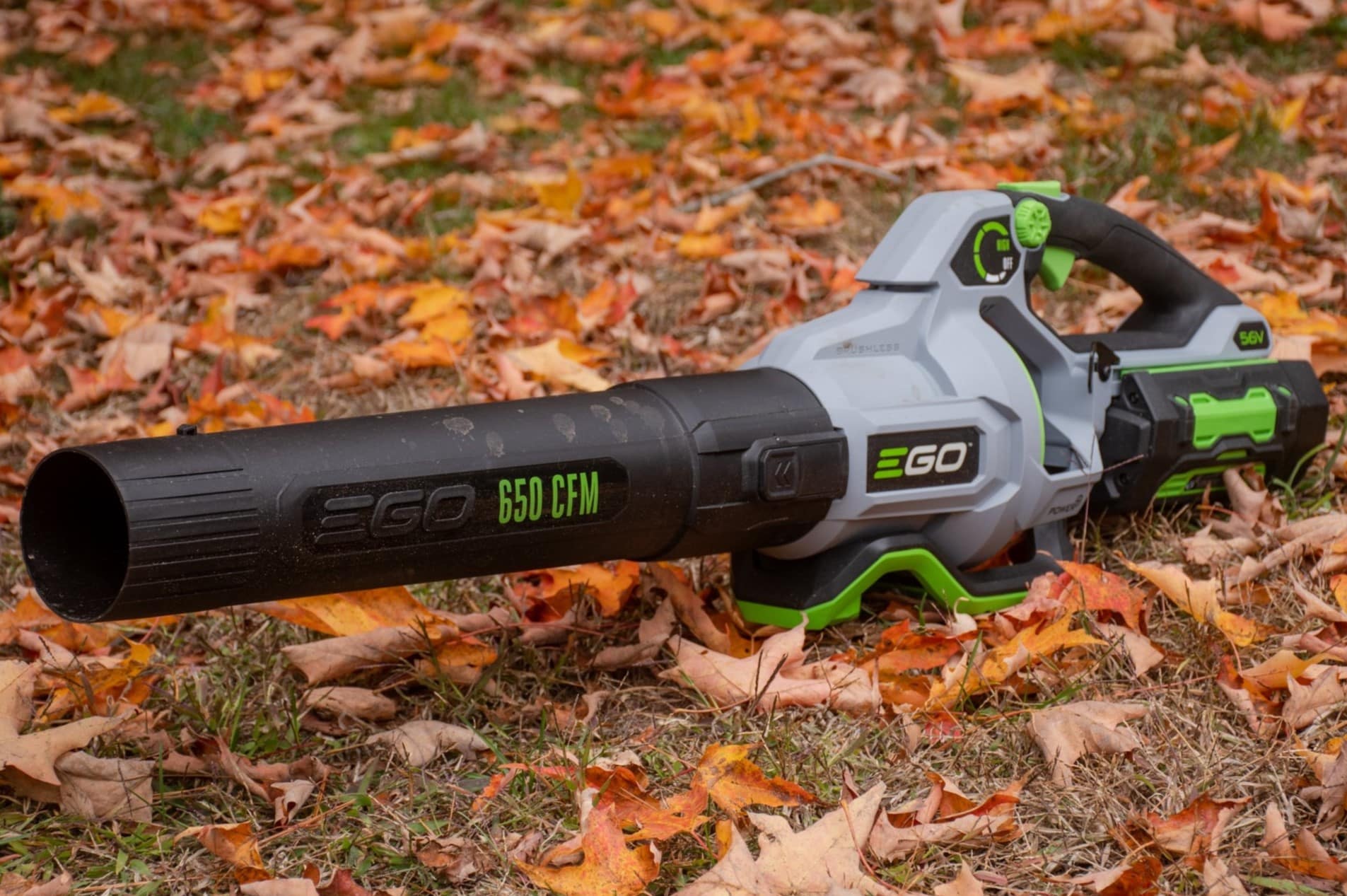

Garden Tools & Equipment
What Is A Good CFM For A Leaf Blower
Modified: August 27, 2024
Discover the ideal CFM for your leaf blower with our comprehensive guide. Find the perfect garden tools and equipment for your outdoor projects.
(Many of the links in this article redirect to a specific reviewed product. Your purchase of these products through affiliate links helps to generate commission for Storables.com, at no extra cost. Learn more)
Introduction
Leaf blowers are essential tools for maintaining a tidy and well-kept outdoor space. Whether you're clearing leaves, grass clippings, or debris, the efficiency of a leaf blower is determined by various factors, one of the most crucial being cubic feet per minute (CFM). In this article, we'll delve into the significance of CFM in leaf blowers, helping you understand what constitutes a good CFM for these powerful garden tools.
The CFM measurement of a leaf blower directly impacts its effectiveness in clearing and cleaning outdoor areas. By comprehending the role of CFM and how it influences a leaf blower's performance, you can make an informed decision when selecting the right tool for your specific needs. Let's explore the world of CFM and its relevance in the realm of leaf blowers.
Key Takeaways:
- Leaf blowers with higher CFM ratings move more air, making them ideal for large areas and heavy debris. Lower CFM models are better for smaller spaces and lighter tasks.
- Factors like outdoor area size, debris type, and frequency of use determine the ideal CFM range for a leaf blower. Consider these factors to choose the right tool for your needs.
Read more: What Is A Leaf Blower
Understanding CFM
Cubic feet per minute (CFM) is a vital metric for measuring the volume of air that a leaf blower can expel in one minute. This measurement is instrumental in determining the blower’s overall power and efficiency. Essentially, the higher the CFM, the more air the blower can move, resulting in greater force and coverage when clearing debris.
When a leaf blower generates a high CFM, it can displace a larger volume of air, making it suitable for heavy-duty tasks such as clearing large piles of leaves or debris from expansive outdoor areas. On the other hand, leaf blowers with lower CFM ratings are better suited for lighter tasks, such as clearing small yards or removing loose debris from driveways and pathways.
Understanding the CFM rating of a leaf blower allows you to gauge its capability and suitability for your specific cleaning requirements. Whether you’re a homeowner with modest outdoor spaces or a professional landscaper dealing with extensive landscapes, the CFM rating plays a pivotal role in achieving efficient and satisfactory results.
By comprehending the significance of CFM and its correlation with a leaf blower’s air-moving capacity, you can make an informed choice when investing in this essential garden tool. Now that we’ve established the fundamental concept of CFM, let’s explore its importance in the context of leaf blowers.
Importance of CFM in Leaf Blowers
The CFM rating of a leaf blower is a critical factor that directly influences its performance and effectiveness in clearing outdoor spaces. A higher CFM signifies a greater volume of air being moved by the blower, resulting in enhanced force and coverage when tackling leaves, grass clippings, and debris. This increased air volume allows for more efficient and speedy cleaning, making high-CFM leaf blowers ideal for large-scale tasks.
When dealing with heavy or wet leaves, a leaf blower with a substantial CFM rating proves invaluable. The force generated by a high-CFM blower enables it to dislodge and move stubborn or matted leaves more effectively. Additionally, a high CFM facilitates the swift clearing of extensive areas, reducing the time and effort required for the task at hand.
For professional landscapers and individuals managing sizable outdoor spaces, a leaf blower with a high CFM rating is indispensable for maintaining pristine surroundings. These powerful tools can swiftly and effectively clear large volumes of leaves and debris, ensuring that the outdoor areas remain clean and visually appealing.
Conversely, leaf blowers with lower CFM ratings are better suited for lighter tasks, such as clearing smaller yards, patios, and driveways. While they may lack the sheer force of high-CFM blowers, they are well-suited for less demanding cleaning jobs and are often more maneuverable and lightweight.
Understanding the importance of CFM in leaf blowers empowers users to select the most suitable tool for their specific needs. By considering the size of the outdoor area, the type of debris to be cleared, and the frequency of use, individuals can make informed decisions regarding the CFM rating that aligns with their requirements.
Now that we’ve recognized the significance of CFM in leaf blowers, let’s delve into the process of determining what constitutes a good CFM for these essential garden tools.
Determining a Good CFM for Leaf Blowers
When determining the ideal CFM for a leaf blower, several factors come into play, including the size of the outdoor area, the type of debris to be cleared, and the frequency of use. Understanding these considerations is crucial in selecting a leaf blower with a CFM rating that aligns with your specific cleaning requirements.
For smaller residential properties with limited outdoor space, a leaf blower with a CFM rating between 150 and 400 can suffice. These lower CFM models are suitable for clearing light debris, such as dry leaves and grass clippings, from compact yards, driveways, and walkways. Their maneuverability and ease of use make them well-suited for homeowners seeking a practical and efficient tool for routine maintenance.
For larger residential properties and commercial landscapes, a leaf blower with a CFM rating ranging from 400 to 700 is more suitable. These mid-range CFM models offer a balance of power and versatility, making them capable of handling a broader range of cleaning tasks. Whether it’s clearing extensive lawns, parking lots, or garden beds, these leaf blowers provide the force and coverage needed for efficient debris removal.
When dealing with substantial outdoor areas, such as expansive lawns, parks, or commercial properties, high-CFM leaf blowers with ratings exceeding 700 are recommended. These robust models deliver exceptional air-moving capacity, enabling them to tackle heavy, wet, or matted leaves with ease. Their high CFM output ensures thorough and swift cleaning, making them indispensable for demanding and large-scale maintenance projects.
It’s important to note that while a higher CFM offers greater air-moving capability, it also results in increased noise levels and may require more substantial power sources. Therefore, when determining the appropriate CFM for a leaf blower, it’s essential to consider not only the cleaning requirements but also factors such as noise regulations and power supply availability.
By evaluating the size and characteristics of the outdoor area, the type of debris to be cleared, and the operational considerations, individuals can effectively determine a suitable CFM range for their leaf blower needs. Now, let’s explore the various factors that can influence the CFM requirement for different cleaning tasks.
Factors Affecting CFM Requirement
Several factors influence the CFM requirement when selecting a leaf blower, each playing a crucial role in determining the most suitable tool for specific cleaning tasks. Understanding these factors is essential in making informed decisions and ensuring optimal performance when using a leaf blower.
Read more: What Is The Best Leaf Blower
Size of Outdoor Area
The size of the outdoor area to be cleared is a primary consideration when determining the CFM requirement for a leaf blower. Smaller residential properties with limited outdoor space may necessitate a leaf blower with a lower CFM, typically ranging from 150 to 400. Conversely, larger residential properties, commercial landscapes, and expansive outdoor areas benefit from leaf blowers with mid-range to high CFM ratings, providing the force and coverage needed for thorough cleaning.
Type of Debris
The type of debris to be cleared also influences the CFM requirement. Light, dry leaves and grass clippings may be effectively managed with a lower CFM leaf blower, while heavy, wet, or matted leaves demand the air-moving capacity of a higher CFM model. Understanding the nature of the debris and its potential compaction is essential in selecting a leaf blower that can efficiently dislodge and move the specific type of debris present in the outdoor area.
Frequency of Use
The frequency of leaf blower usage is another factor to consider when determining the CFM requirement. For routine maintenance and regular clearing of outdoor spaces, a mid-range CFM leaf blower may suffice. However, for more frequent or intensive use, especially in commercial or professional landscaping settings, a higher CFM model may be necessary to ensure consistent and efficient performance over time.
Power Source and Noise Regulations
Considerations such as power source availability and noise regulations also impact the CFM requirement for a leaf blower. High-CFM models often require more substantial power sources, such as corded electric or gas-powered engines, to accommodate their air-moving capacity. Additionally, higher CFM ratings are associated with increased noise levels, which may be subject to local regulations. It’s important to balance the CFM requirement with practical considerations related to power supply and noise management.
By taking into account the size of the outdoor area, the type of debris, the frequency of use, and operational considerations such as power source availability and noise regulations, individuals can effectively determine the most suitable CFM range for their leaf blower needs. These factors collectively influence the performance and efficiency of the leaf blower, ensuring that it aligns with the specific cleaning requirements and operational considerations.
Now that we’ve explored the various factors affecting the CFM requirement for leaf blowers, it’s evident that a thoughtful and informed approach is essential in selecting the most suitable tool for maintaining pristine outdoor spaces.
A good CFM (cubic feet per minute) for a leaf blower is around 400-700 for light-duty tasks and 800-1000+ for heavy-duty tasks. Higher CFM means more powerful blowing.
Read more: When Was The Leaf Blower Invented
Conclusion
In the realm of garden maintenance, leaf blowers play a pivotal role in keeping outdoor spaces clean and visually appealing. The cubic feet per minute (CFM) rating of a leaf blower is a fundamental metric that directly influences its performance and suitability for various cleaning tasks. By understanding the significance of CFM and its impact on a blower’s air-moving capacity, individuals can make informed decisions when selecting the most suitable tool for their specific needs.
The importance of CFM in leaf blowers cannot be overstated. A higher CFM signifies greater air volume being moved by the blower, resulting in enhanced force and coverage when clearing leaves, grass clippings, and debris. This increased air-moving capacity is particularly beneficial for managing larger outdoor areas, heavy or wet leaves, and demanding maintenance projects.
Determining a good CFM for leaf blowers involves considering factors such as the size of the outdoor area, the type of debris to be cleared, and the frequency of use. By evaluating these considerations, individuals can identify the most suitable CFM range for their specific cleaning requirements, ensuring optimal performance and efficiency when using a leaf blower.
Furthermore, several factors, including the size of the outdoor area, the type of debris, the frequency of use, and operational considerations such as power source availability and noise regulations, collectively influence the CFM requirement for leaf blowers. By taking these factors into account, individuals can make well-informed decisions when selecting a leaf blower that aligns with their practical and performance needs.
Ultimately, the understanding of CFM and its relevance in the context of leaf blowers empowers users to make informed choices, ensuring that they have the right tool to maintain pristine outdoor spaces effectively. By recognizing the role of CFM and the factors that influence its requirement, individuals can confidently select a leaf blower that meets their specific cleaning needs, whether it’s for routine residential maintenance or professional landscaping projects.
As you embark on your journey to maintain beautiful outdoor spaces, may this knowledge guide you in selecting the perfect leaf blower, equipped with the ideal CFM rating to meet your unique cleaning challenges.
Frequently Asked Questions about What Is A Good CFM For A Leaf Blower
Was this page helpful?
At Storables.com, we guarantee accurate and reliable information. Our content, validated by Expert Board Contributors, is crafted following stringent Editorial Policies. We're committed to providing you with well-researched, expert-backed insights for all your informational needs.
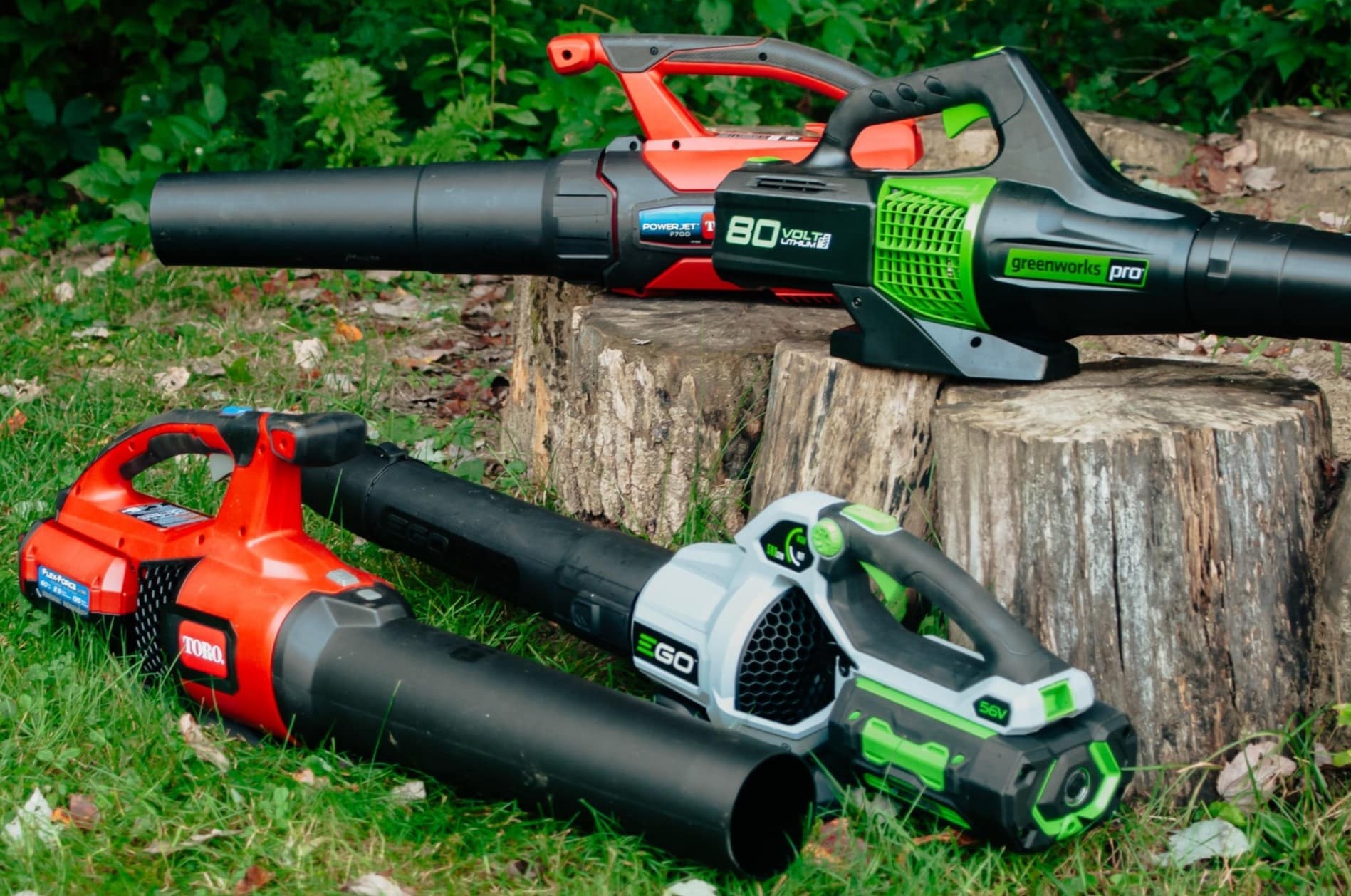
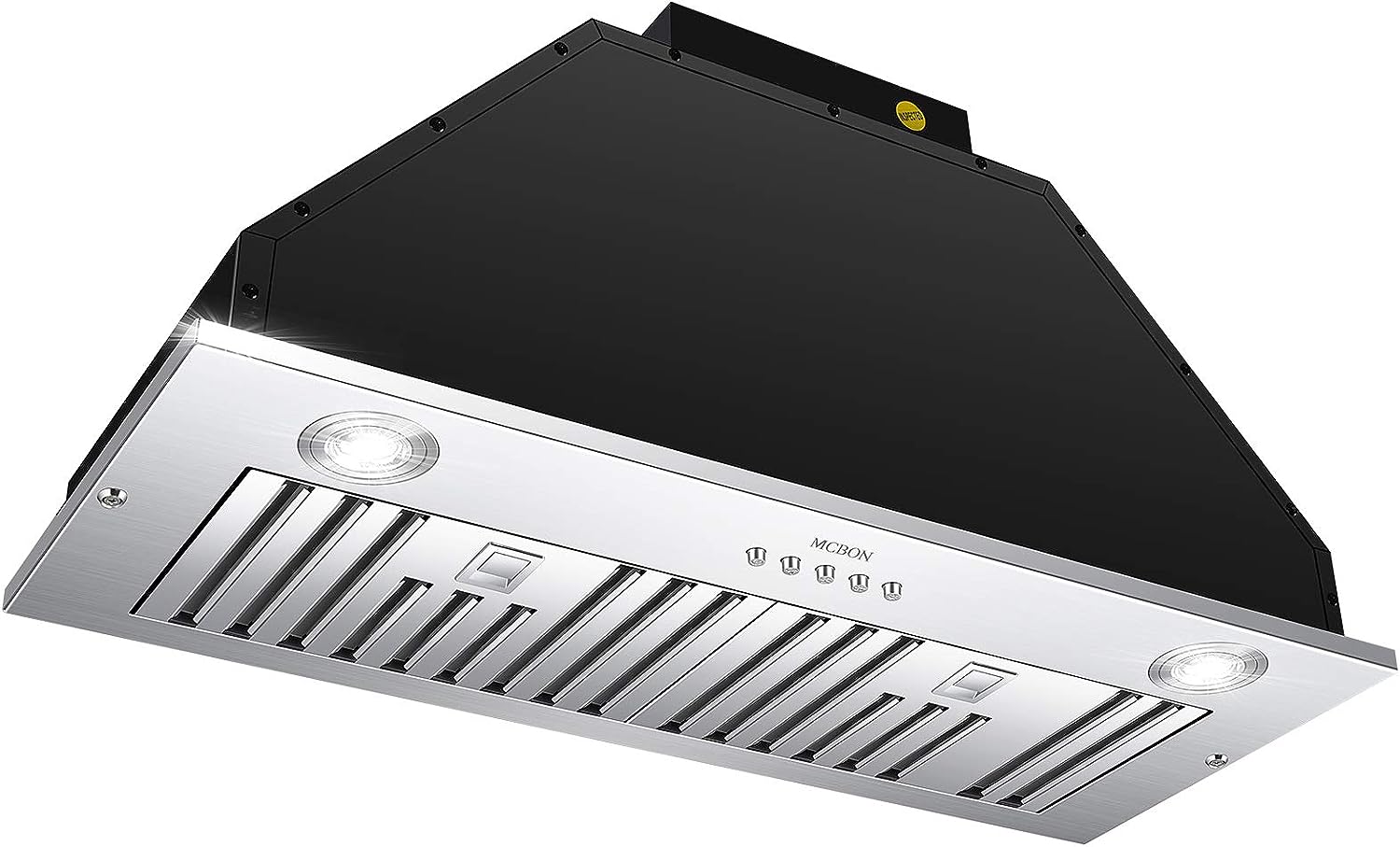

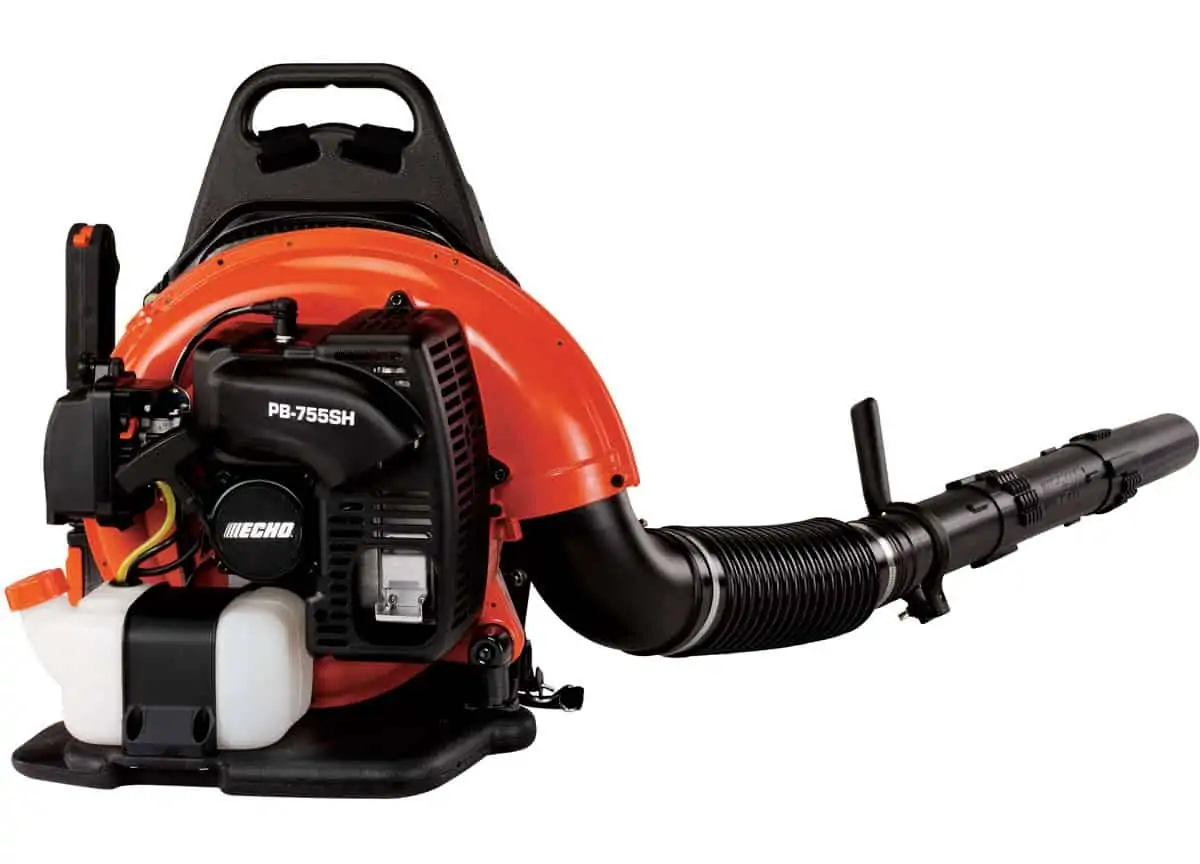


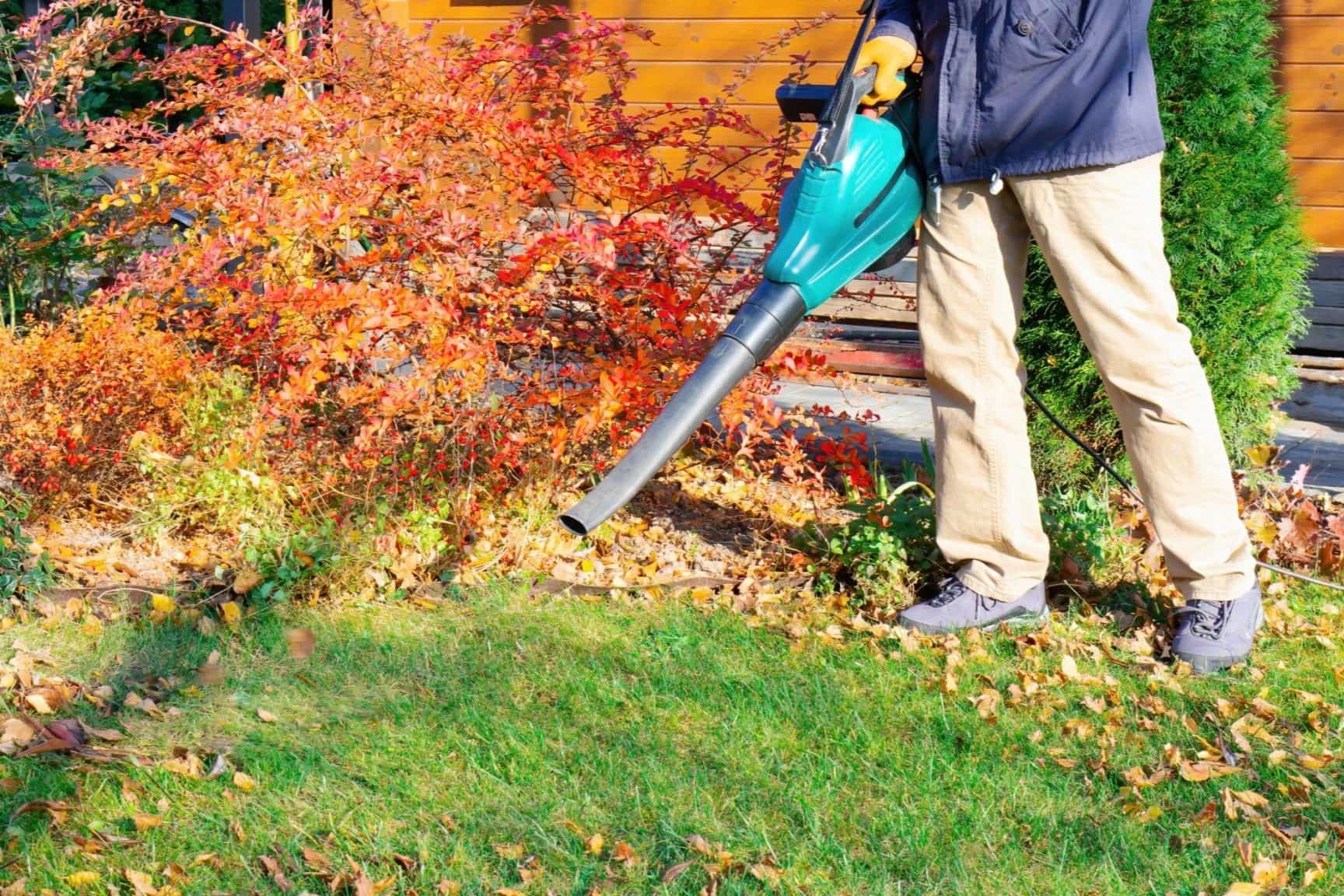
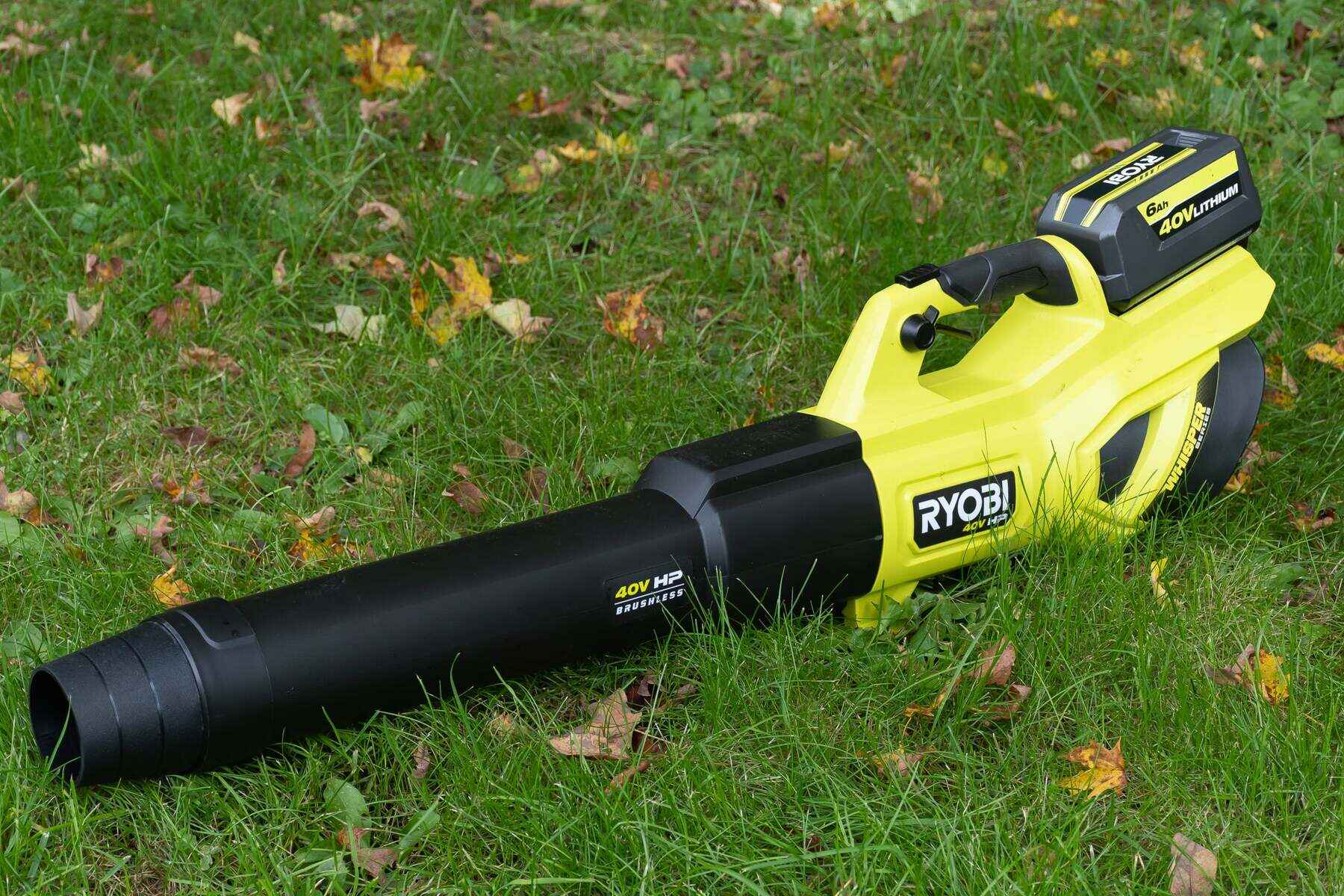
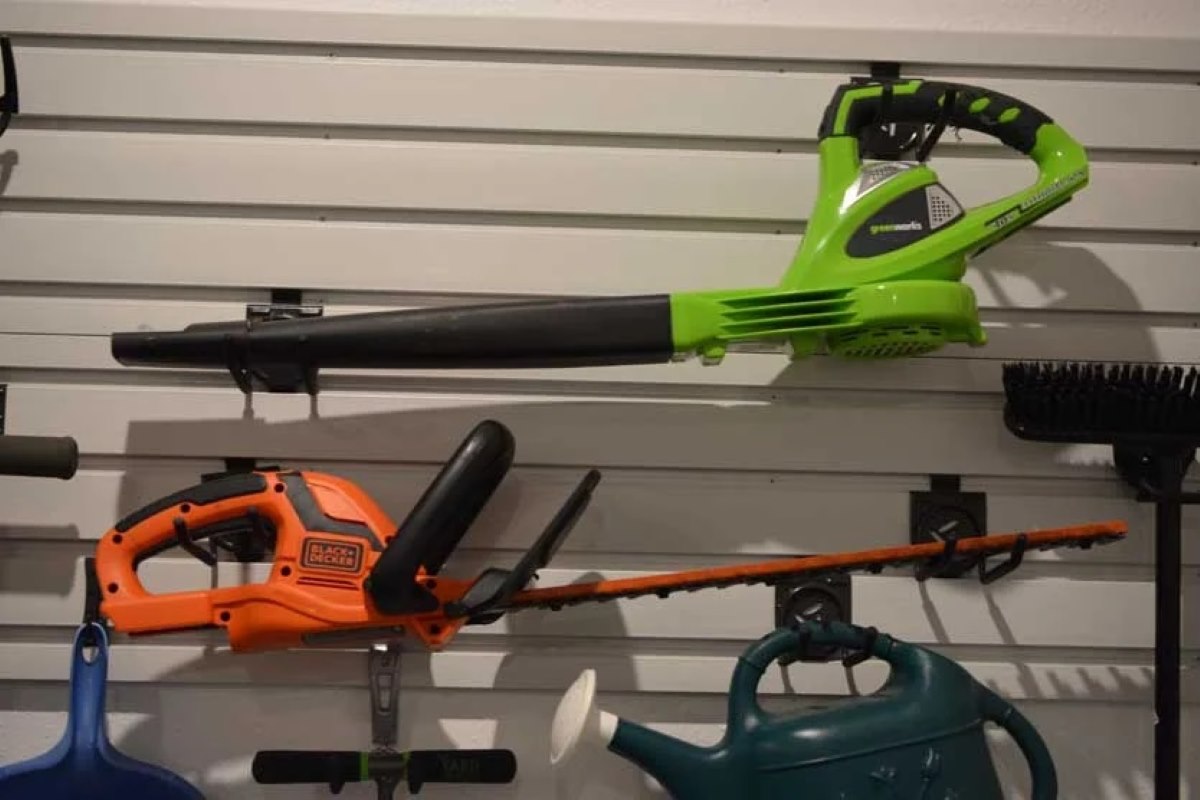
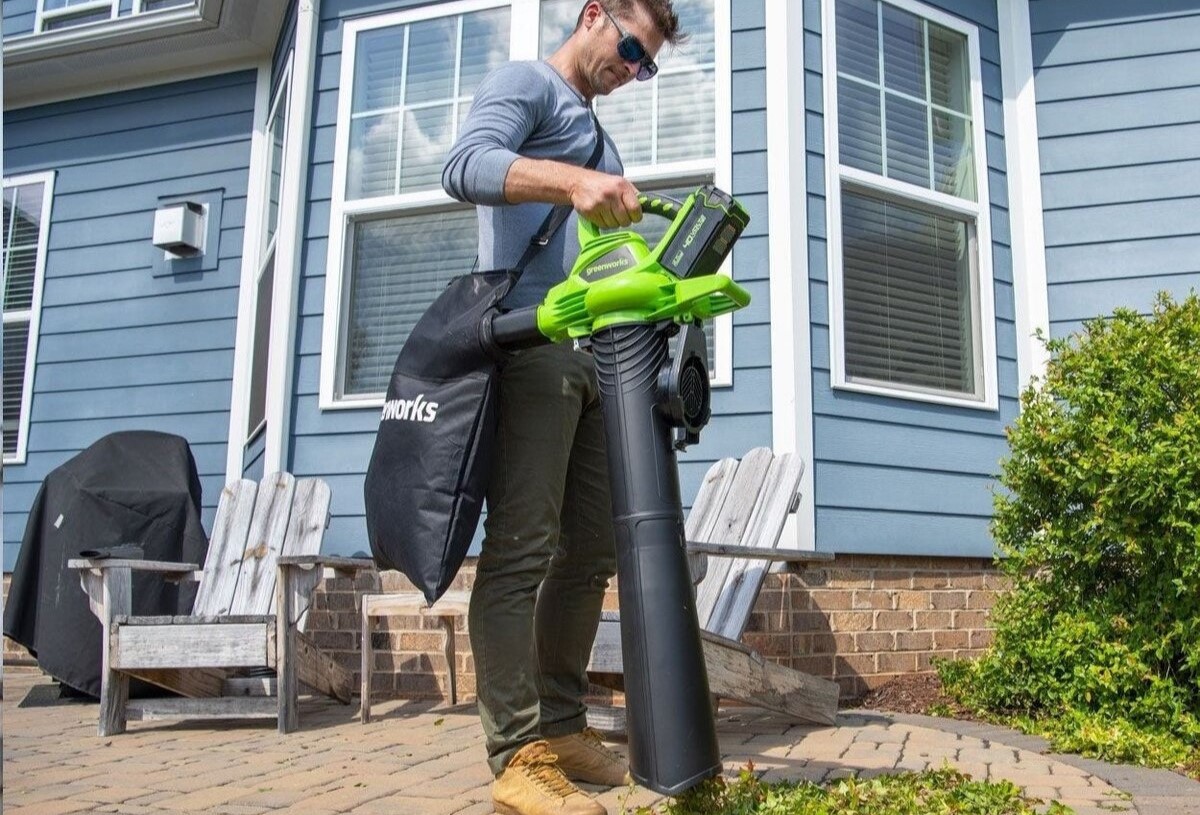
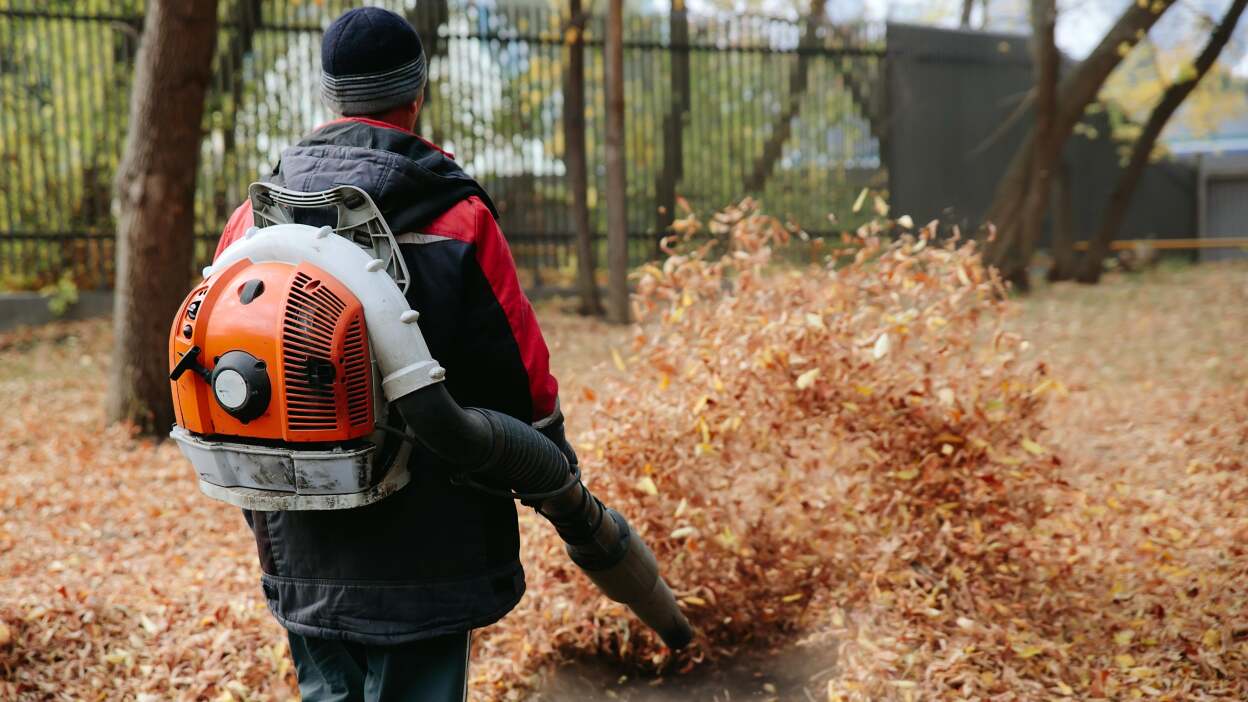
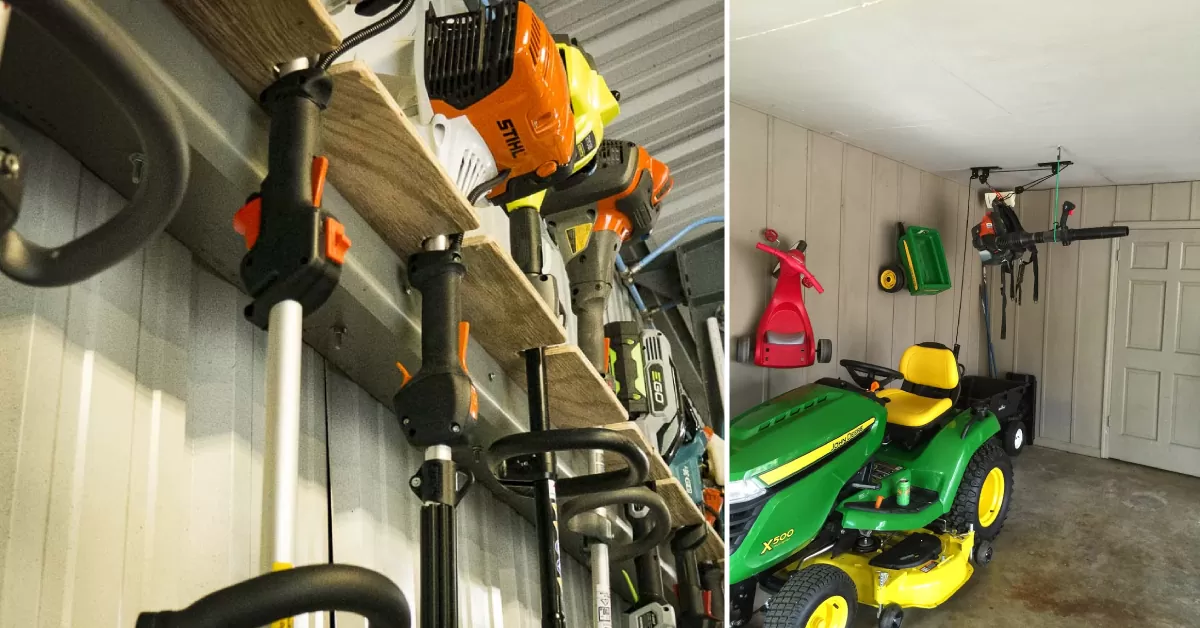
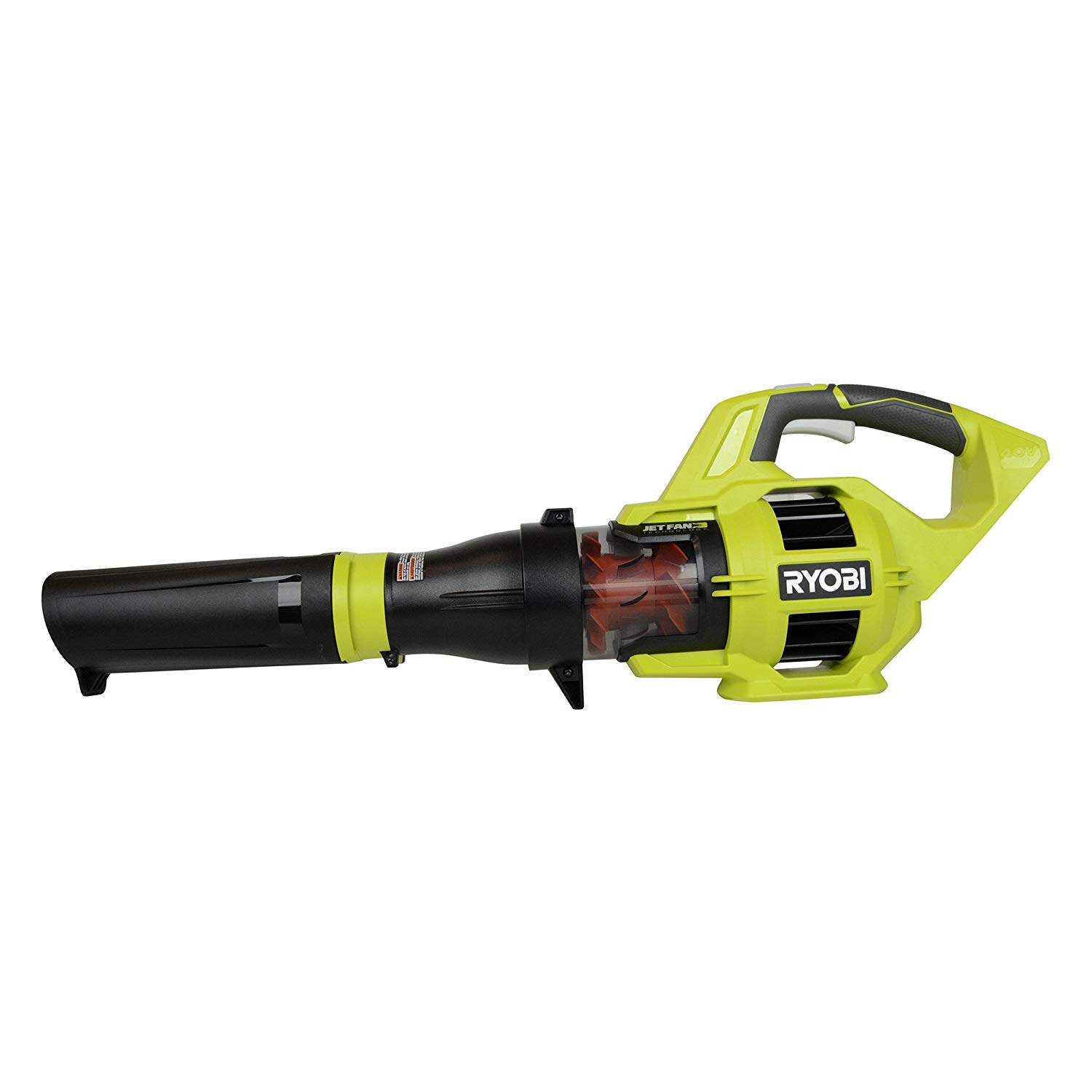

0 thoughts on “What Is A Good CFM For A Leaf Blower”